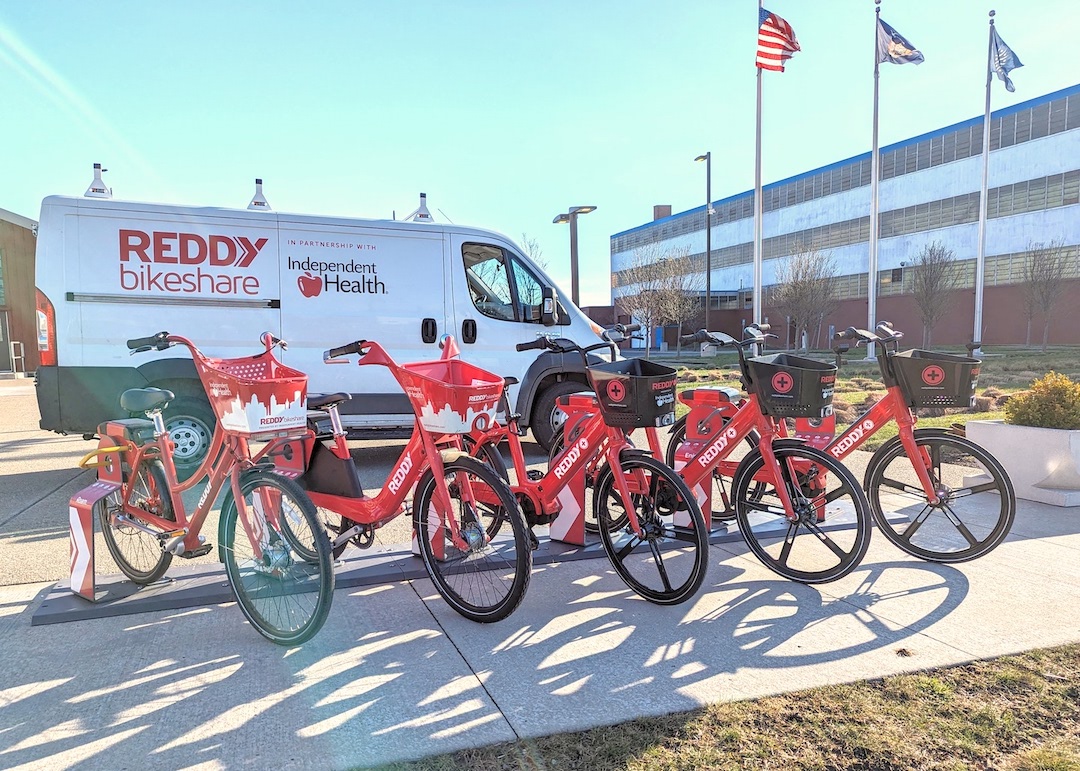Featured News - Current News - Archived News - News Categories
Guest Editorial by the American College of Emergency Physicians
With rates of COVID-19 spiking in certain regions and different parts of the country in various stages of reopening, America’s emergency physicians and nurses have a message to the nation’s patients: Do not delay care if you think you’re having a medical emergency.
Though patient volumes in many of the nation’s emergency departments (EDs) have begun to return to traditional levels as communities reopen, capacity in our EDs has not gotten back to full visits levels. Health care professionals remain concerned that people who need treatment are still afraid to come to the ED. According to a poll from the American College of Emergency Physicians (ACEP) and Morning Consult, 80% of Americans say they are concerned about contracting the virus from visiting a medical facility, and nearly one-third reported delaying seeking medical care as a result.
Emergency care teams see firsthand the complications that arise when patients, especially those with chronic conditions, avoid getting the care they need. Recent data from the Centers for Disease Control and Prevention (CDC) shows that, in the 10 weeks following the onset of the pandemic, emergency visits for heart attack patients was down 23% – and down 20% for those suffering from a stroke. As they do every day in the emergency department, physicians and nurses have teamed up to remind their communities that EDs are open and ready to safely treat all patients.
“Emergency physicians are highly trained to handle pandemics and prevent the spread of infectious diseases,” said William Jaquis, M.D., FACEP, president of ACEP. “Don’t hesitate to call 911 if you’re experiencing symptoms of a medical emergency. The emergency department is the safest place to be.”
Added Emergency Nurses Association (ENA) President Mike Hastings, MSN, RN, CEN: “Emergency nurses are among the first to meet and triage patients in the ED, and we understand the importance of safely and accurately assessing those seeking COVID and non-COVID treatment. Our commitment to care drives us to provide you with the best environment possible treat your emergency needs.”
Emergency departments across the country are continually adapting their procedures, based on CDC and other guidelines, as more is learned about the virus and how to treat it. Anyone who comes to the emergency department will be screened on arrival for COVID-19 symptoms. Some hospitals have created external waiting rooms for patients with known symptoms, and others have separate wings for those who are presumed to have the disease.
Emergency care teams are also utilizing telehealth technology to conduct remote consultations with patients and to connect them with loved ones while they're admitted. Emergency departments have also greatly intensified their cleaning and disinfecting efforts, and some are using enhanced treatments – such as negative pressure rooms and UV-filtration – to decontaminate the air and prevent the spread of the virus. If you need to come to the emergency department, be prepared to cover your face to protect yourself and those around. Even those that don’t suspect they have the virus should wear a mask or cloth over their nose and mouth, because they could be asymptomatic and still be contagious.
“Even in the midst of a global pandemic, the tireless work of nurses, physicians and health care teams is what makes emergency departments safe places to receive care,” said American Nurses Association President Ernest J. Grant, Ph.D., RN, FAAN. “However, it is critical that patients visiting emergency departments wear cloth masks and maintain physical distancing, to protect themselves and those providing treatment. I encourage patients and families to contact their local emergency department before visiting to understand updated instructions in order to ensure a positive and safe experience.”
Whether you are concerned you have COVID-19 or are having another medical emergency, it is critical to know when to go to the emergency department. The difference could mean life or death.
The American College of Emergency Physicians is the national medical society representing emergency medicine. Through continuing education, research, public education and advocacy, ACEP advances emergency care on behalf of its 39,000 emergency physician members, and the more than 150 million Americans they treat on an annual basis. For more information, visit www.acep.org and www.emergencyphysicians.org.
••••••••
The opinions expressed above are those of the author and do not necessarily reflect the opinions of Niagara Frontier Publications. NFP does not offer medical advice or make health care recommendations.





























